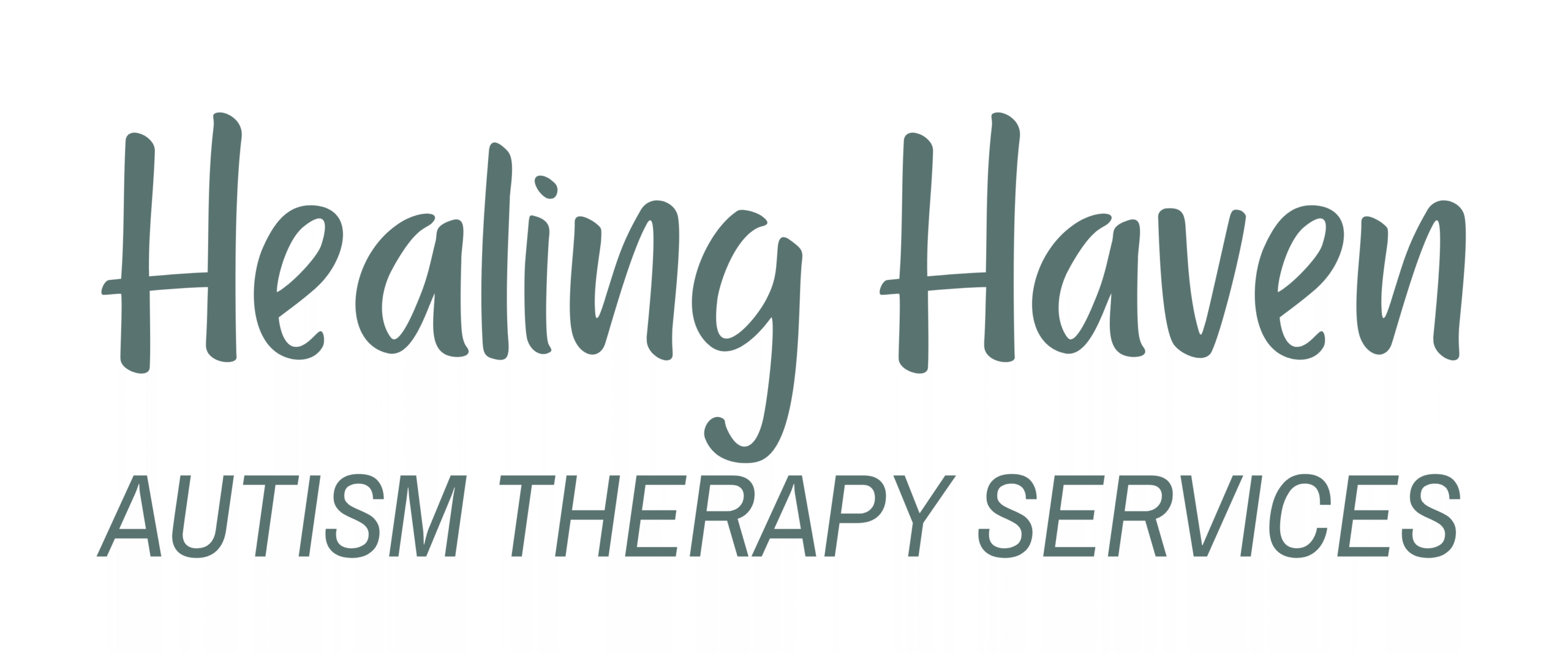Autism Acceptance and Finding Community

April is here again, which means it is time to celebrate and honor Autism Acceptance Month. Previously called Autism Awareness Month, the recognized period was started in 1972 by the Autism Society as National Autistic Children’s Week. It evolved from that into an entire month of recognition. In 2021, it was renamed from Autism Awareness […]
5 Ways to Express Love to Your Child with Autism

This post originally appeared in the February 2020 issue of the Autism Alliance of Michigan MiNavigator Newsletter . Written by former Healing Haven BCBA Carita Niemann, M.Ed., BCBA, LBA. Valentine’s Day is a special time of the year. We often pause and express love to those who are close to us. However, communicating this love […]
Developing Relationships on the Autism Spectrum
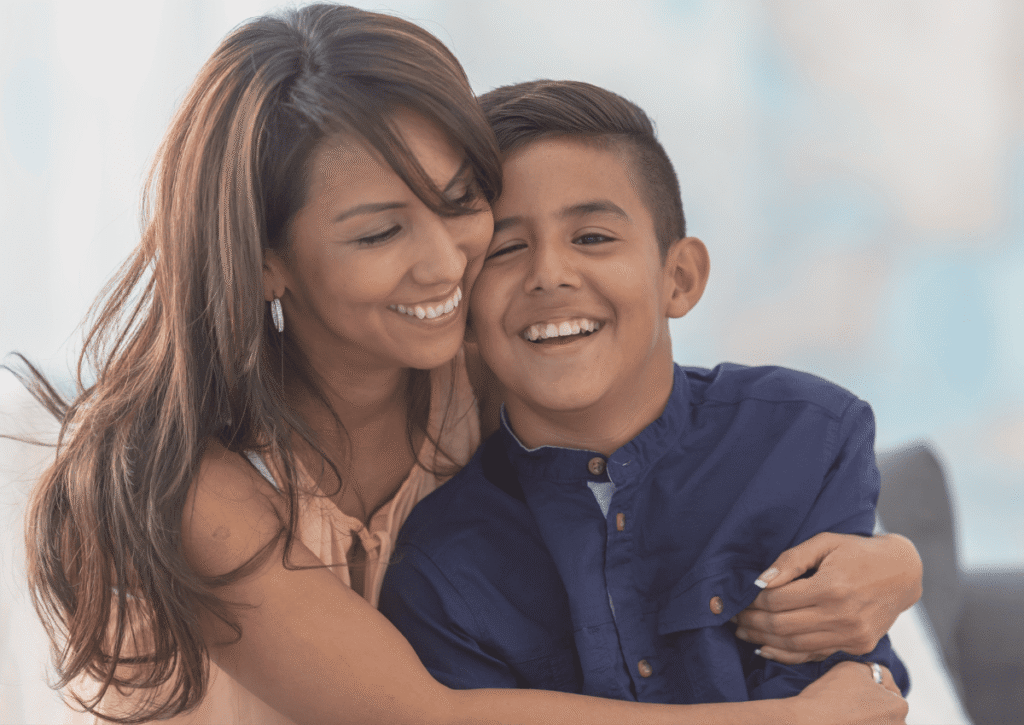
In the United States, our culture has predetermined ideas of what love “should” look like. As most of us have experienced, relationships can be complicated, autism or not. And developing relationships when you have autism is just as important as it is for those who don’t. Autism can cause differences in communication, understanding of context […]
Addressing Sleep Issues in Children With Autism

Trouble sleeping often plagues many of us due to factors such as stress, physical health, or irregular schedules. But for those on the autism spectrum, falling asleep and staying asleep is a very common and serious challenge. Additionally, sleep issues in children with autism can affect the whole family. It is crucial to address problems […]
Holiday Stress Management Tips for Autism Families

Keep Holiday Stress Low and Joy High for Your Family The holiday season can be full of wonderful activities, parties and family gatherings. But there is also an added level of stress during the holidays because of the extra “hustle and bustle”. Shopping, baking, decorating, wrapping and hosting – how much can we add to […]
The Benefits of Organized Space For Individuals With Autism
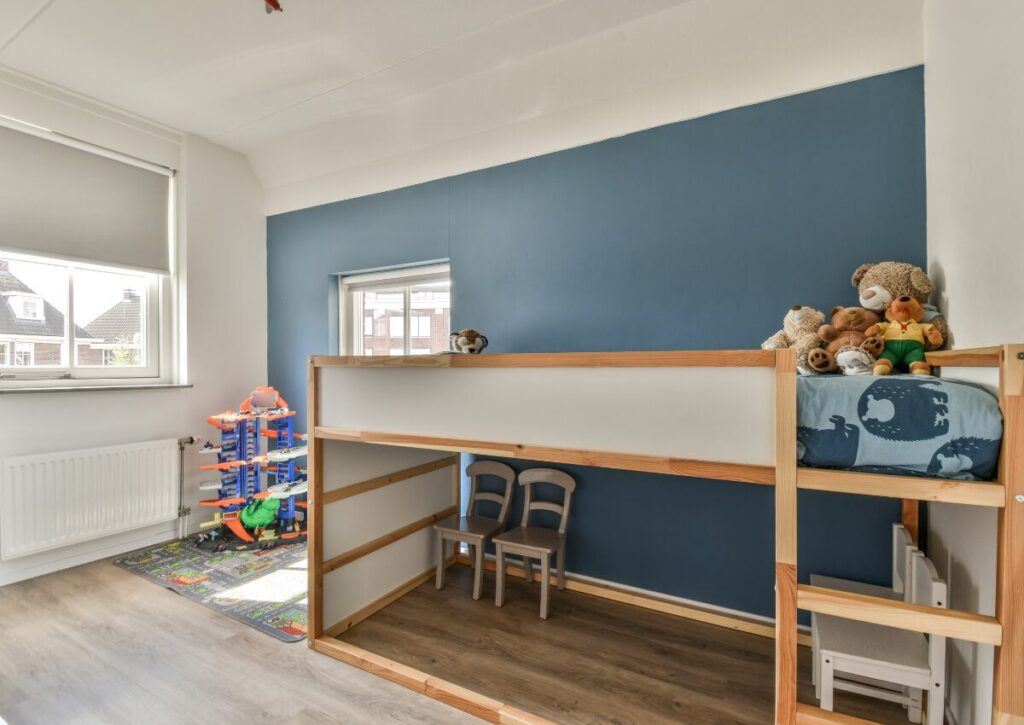
How an Organized Space Can Help Your Child Have you ever tried working in a cluttered area? Or been distracted by noises or lighting while trying to focus? Most of us would not feel very successful if we were attempting to be productive in such an environment. For individuals with autism, distracting, messy work and […]
Preparing For Your Child’s IEP
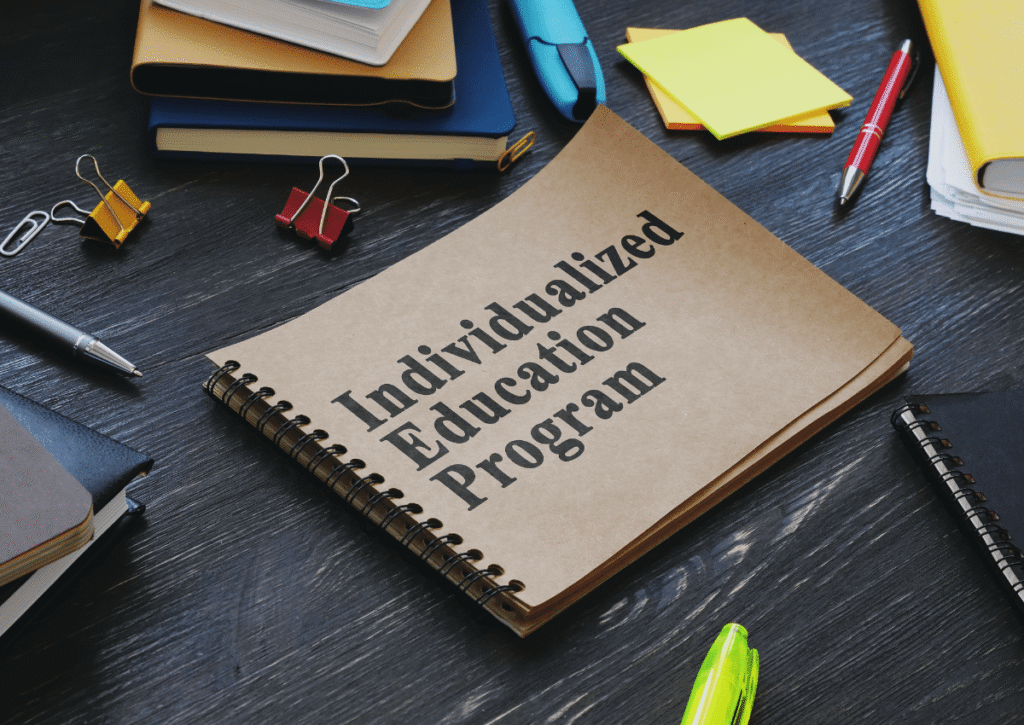
There are a ton of resources out there if you do a Google search for “IEP tools” or “preparing for an IEP”. It can be overwhelming. We want to provide some information to help you sift through all the content so that you can walk into your child’s next IEP more confident than you did […]
Autism and Co-occurring Health Conditions

When a child receives a diagnosis of autism it can be overwhelming for parents. They must learn how autism spectrum disorder is manifesting in their child and then how to best support them. Do they have communication challenges, or are they completely non-verbal? Do they experience sensory overload? Are they struggling with learning? Is it […]
6 Ways to Calm a Child With Autism

Raising a child with autism brings surprises and challenges. One possible difficulty parents might face is managing overstimulation and meltdowns. While every child has rough moments, for a child on the spectrum meltdowns are different. They often happen when the child is overstimulated and cannot communicate why they are upset. A valuable way to cope […]
Befriending an Autistic Person
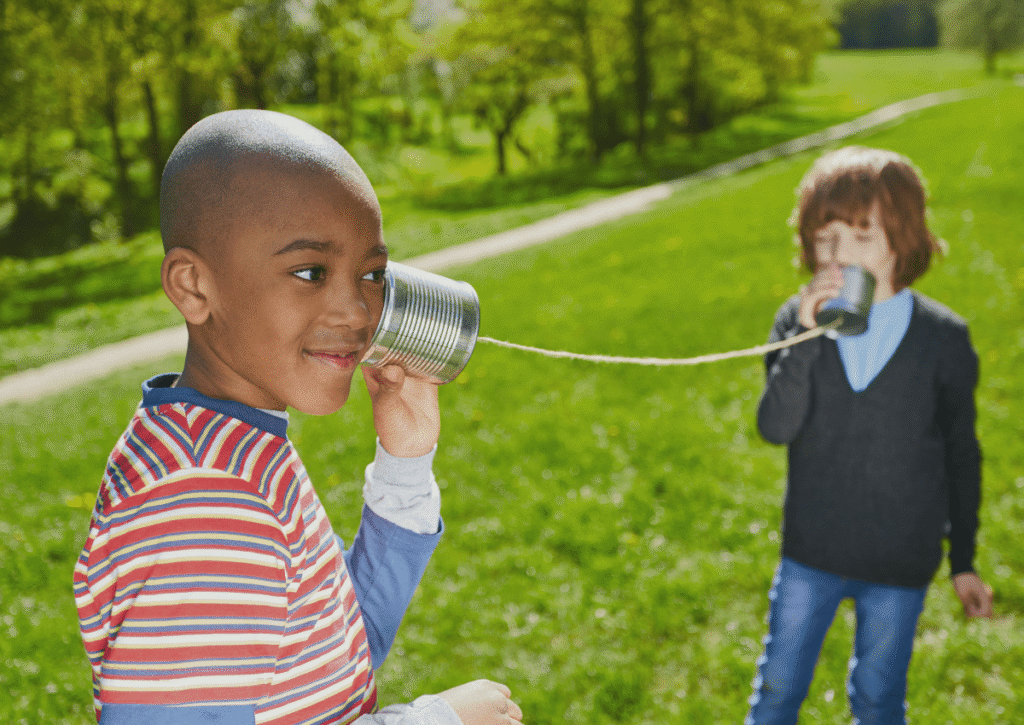
*This post was written by a guest contributor, Grace McGillivary. Befriending an autistic person is just like making friends with any average Joe. However, there are some things you want to keep in mind when hanging out with them. Check out these three helpful tips if you are unsure how to befriend a person with […]
